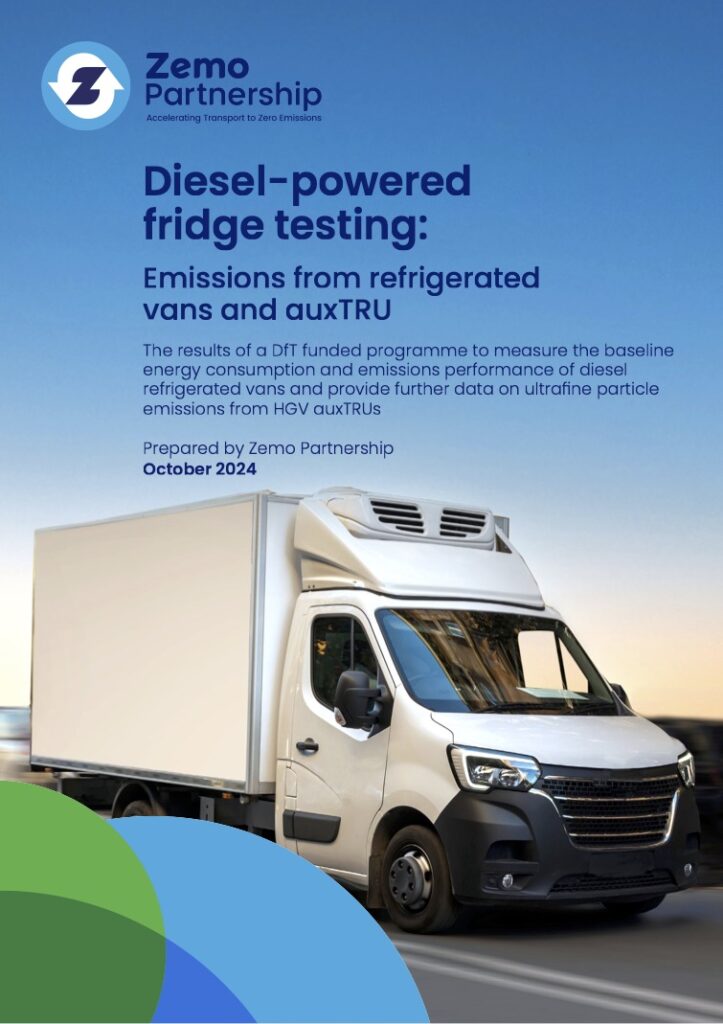London, UK: Emissions from fridges on vans is a overlooked danger says new research from Zemo Partnership.
The study, on behalf of the Department for Transport, builds on that published in February 2024 and includes the results of tests on diesel refrigeration units.
Regulations covering emissions from such units only came into effect in January 2019, so Zemo examined emissions from units that came into use before and after that date.
It also examined emissions under different conditions: chilled, frozen and multi-temperature, and at different ambient temperatures. The tests were carried out on HGVs and vans.
The refrigeration components fitted to HGVs and vans increase average CO2 emissions by 11% compared with standard vehicles without such units.
One of the main objectives of the new research was to greater understand more abut the particles being emitted and in especially their size. Of particular concern was the proportion of emitted matter that falls into the ultrafine category, those with diameters no greater than 100nm.
The results showed that the proportion of the particles in the ultrafine category varied between 57-93%, with an average of 82%. However, the majority of tests produced ultrafine proportions in the range 75-90%.

In the original research, it was found that a van carrying a refrigeration unit would emit an additional 54kt of tailpipe CO2 compared with those without a fridge. They also consume around 20 million litres of extra fuel, 0.3% of the total fuel burned by vans.
A final stage of the report, due to be completed later this winter, will assess alternative technologies to reduce emissions from TRUs on-board vehicles as fleets transition away from operating on diesel.
Zemo project manager Emily Stevens said: “This latest research confirms that there is a significant issue in terms of emissions arising from the presence of refrigeration units on vehicles, particularly in terms of their impact on local air quality.
“The final stage of the study aims to provide further evidence and useful recommendations for operators and policymakers to reduce their negative impacts.”
Ultrafine particles pose a particular health concern where vehicles operate close to where people live and work. The study finds that emissions of fine particulate matter and other local pollutants of concern (NOx and larger particulates) are much higher for vehicles fitted with auxiliary TRU engines, with the large majority of pollutants (especially fine particulates) emitted by the TRU engine rather than the drive powertrain of the vehicle.







